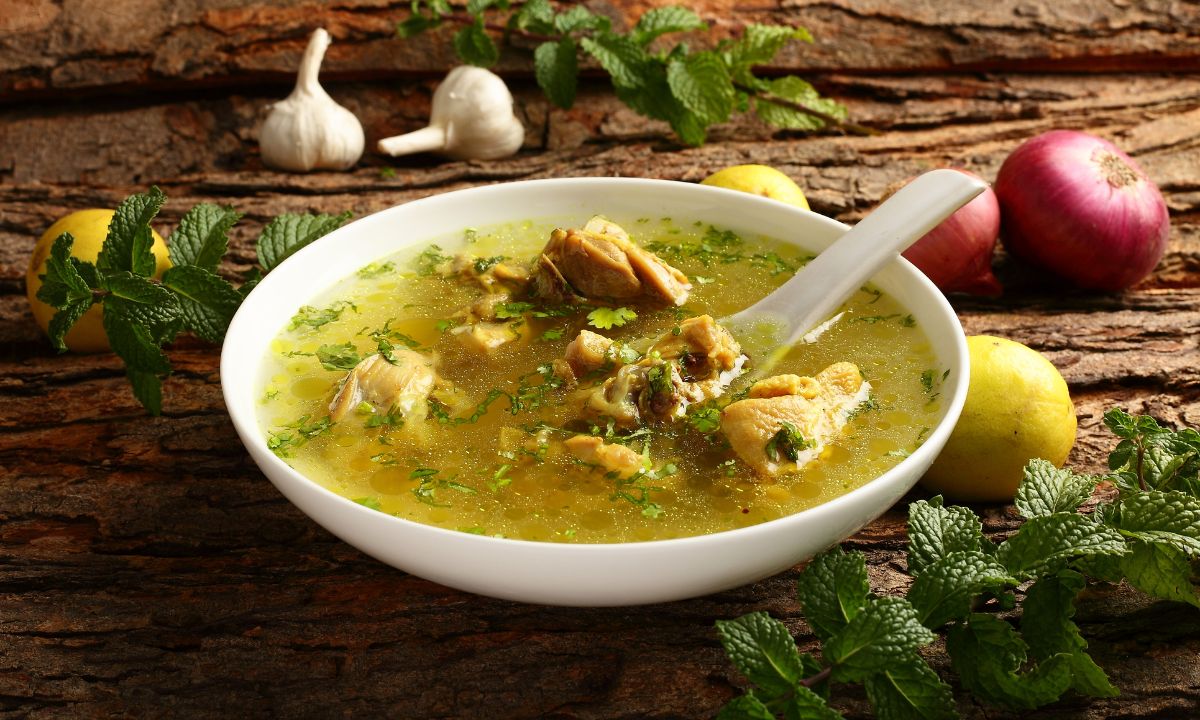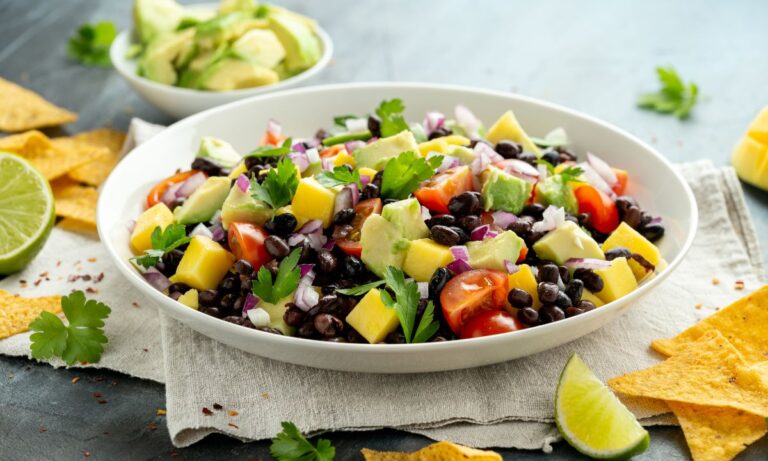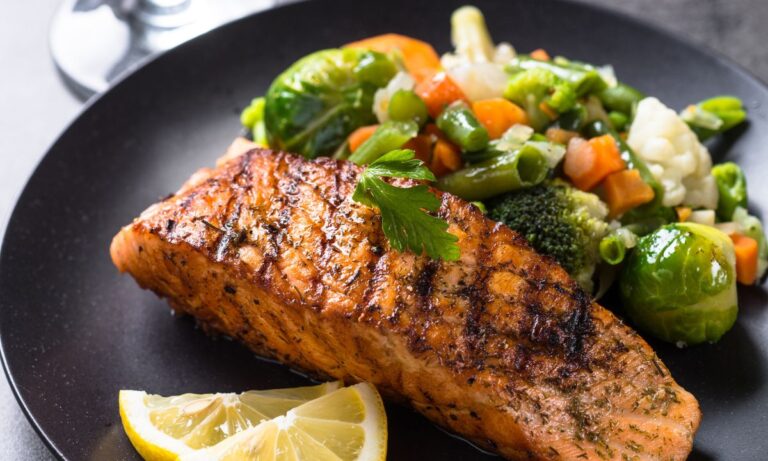Healthy Cold Soups for Summer
Introduction
Healthy Cold Soups for Summer is here, and with it comes the craving for something light, refreshing, and healthy to beat the heat. One of the best ways to satisfy these cravings is by indulging in some delicious and nutritious cold soups. In this article, we will explore a variety of healthy cold soup recipes that are perfect for summer, as well as discuss the benefits of incorporating these soups into your diet.
Why Cold Soups?
During the hot summer months, we often seek out meals that are light, easy to prepare, and refreshing. Cold soups tick all these boxes and can be a delicious and nutritious alternative to heavier, hot meals. They are usually packed with vegetables and fruits, providing essential nutrients, vitamins, and minerals that help you stay healthy and energized throughout the day.
Top Healthy Cold Soup Recipes
Gazpacho
A Spanish classic, Gazpacho is a tomato-based cold soup that is full of vegetables like bell peppers, cucumbers, and onions. This zesty, tangy soup is perfect for a hot summer day and is packed with vitamins A, C, and E, as well as antioxidants that support overall health.
Vichyssoise
Originally from France, Vichyssoise is a creamy, luxurious cold soup made from pureed leeks, potatoes, and cream. It’s velvety, smooth texture is delightful on a warm day, and can be lightened up by substituting Greek yogurt for the cream.
Cucumber Yogurt Soup
This refreshing and tangy soup combines the cooling properties of cucumbers with the creaminess of yogurt. Add a touch of dill or mint for a flavorful twist, and enjoy the hydrating and low-calorie benefits of this delicious summer soup.
Watermelon Gazpacho
A fruity twist on the traditional Gazpacho, this watermelon-based soup is sweet, tangy, and incredibly refreshing. It’s packed with vitamins A and C, as well as lycopene, an antioxidant that may help protect against certain diseases.
Avocado Lime Soup
Creamy avocado and zesty lime come together in this smooth and refreshing cold soup. It’s rich in healthy fats, vitamins, and minerals, making it a delicious and nutritious addition to your summer menu.
Benefits of Healthy Cold Soups
Hydration
Cold soups, especially those made with water-rich fruits and vegetables, can help keep you hydrated during the hot summer months. Proper hydration is essential for maintaining overall health and energy levels.
Nutrient-Dense
Cold soups are often packed with fruits, vegetables, and herbs, providing an abundance of essential nutrients, vitamins, and minerals. Incorporating these nutrient-dense soups into your summer diet can help support overall health and wellbeing.
Weight Management
Many cold soups are low in calories and high in fiber, making them an ideal option for those looking to maintain or lose weight. They can be a satisfying and delicious way to fill up without consuming excessive calories.
Easy Digestion
Cold soups are typically lighter and easier to digest than heavy, hot meals. This can be particularly beneficial during the summer months when our bodies may have difficulty processing large, hot meals due to the heat.
Refreshing Taste
The cool, refreshing taste of cold soups makes them an appealing option during the hot summer months. The combination of fresh ingredients and vibrant flavors can help reinvigorate your taste buds and keep you feeling refreshed.
Customizing Your Cold Soup
Vegan and Vegetarian Options
Many cold soup recipes can be easily adapted to suit a vegan or vegetarian diet by swapping out animal-based ingredients for plant-based alternatives. For example, use coconut milk or cashew cream in place of dairy, or incorporate vegetable broth instead of chicken or beef broth.
Low-Calorie Alternatives
If you’re looking to create a lighter version of a cold soup, consider using low-calorie ingredients or substitutions. Greek yogurt can be a great alternative to cream, and using water or vegetable broth instead of oil can help cut down on calories without sacrificing flavor.
Adding Protein
For those looking to increase their protein intake, consider adding protein-rich ingredients to your cold soups. Grilled chicken, tofu, or beans can be great additions to enhance the nutritional value and create a more filling meal.
Conclusion
Healthy cold soups are a fantastic way to enjoy delicious and refreshing meals during the hot summer months. Not only do they offer a variety of flavors and textures, but they also provide numerous health benefits, such as hydration, weight management, and essential nutrients. By exploring different recipes and customizing them to suit your personal preferences and dietary needs, you can enjoy a wide array of nutritious and delectable cold soups all summer long.
FAQs
1. Can I prepare cold soups in advance?
Yes, you can prepare cold soups in advance, and in fact, many cold soups taste better after being refrigerated for a few hours, allowing the flavors to meld together.
2. Can I freeze cold soups?
Some cold soups can be frozen, but it’s important to consider the ingredients and texture. Soups with a high water content, like Gazpacho, may become icy when frozen. Cream-based soups may separate when thawed, so it’s best to consume them fresh.
3. How long do cold soups last in the refrigerator?
Cold soups typically last for 3-4 days in the refrigerator when stored in an airtight container. Be sure to check for any signs of spoilage, such as off-odors or mold, before consuming.
4. Can I use canned or frozen vegetables in cold soups?
While fresh vegetables are ideal for cold soups, you can use canned or frozen vegetables if they are unavailable or out of season. Just be sure to drain and rinse canned vegetables thoroughly to remove any excess salt or preservatives.
5. Are there any gluten-free cold soup options?
Many cold soups are naturally gluten-free or can be easily adapted to accommodate a gluten-free diet. Always check ingredient labels for potential sources of gluten, and consider using gluten-free alternatives when necessary, such as gluten-free bread for croutons or a gluten-free thickening agent like cornstarch or arrowroot powder.
6. How can I make my cold soup creamier without using dairy?
There are several dairy-free alternatives that can be used to make your cold soup creamier. Some popular options include coconut milk, cashew cream, almond milk, or even silken tofu. Experiment with different non-dairy alternatives to find the one that works best for your preferred taste and texture.
7. Can I make cold soups in a blender or food processor?
Absolutely! Many cold soup recipes can be quickly and easily prepared using a blender or food processor. This method can create a smooth, well-blended soup, which is perfect for recipes like Gazpacho, Vichyssoise, or Avocado Lime Soup.
8. What are some garnishing ideas for cold soups?
Garnishing your cold soup can add visual appeal, as well as additional flavor and texture. Some popular garnishes include fresh herbs (like basil, cilantro, or dill), chopped vegetables (like cucumber, bell pepper, or tomato), croutons, a drizzle of olive oil or yogurt, or even a sprinkle of toasted nuts or seeds.
9. Can I serve cold soups as a main course or side dish?
Cold soups can be served as a main course or a side dish, depending on the ingredients and portion size. Lighter, fruit-based soups or those with fewer ingredients can make for a refreshing appetizer or side dish, while more substantial cold soups with added proteins or heartier ingredients can serve as a satisfying main course.
10. What types of bread pair well with cold soups?
A variety of breads can be paired with cold soups, depending on your personal preference and the specific soup. Crusty artisan breads, like a baguette or sourdough, can add a delightful contrast in texture, while soft, chewy breads, like pita or naan, can help soak up the flavors of the soup. Experiment with different bread options to find the perfect pairing for your chosen cold soup.







